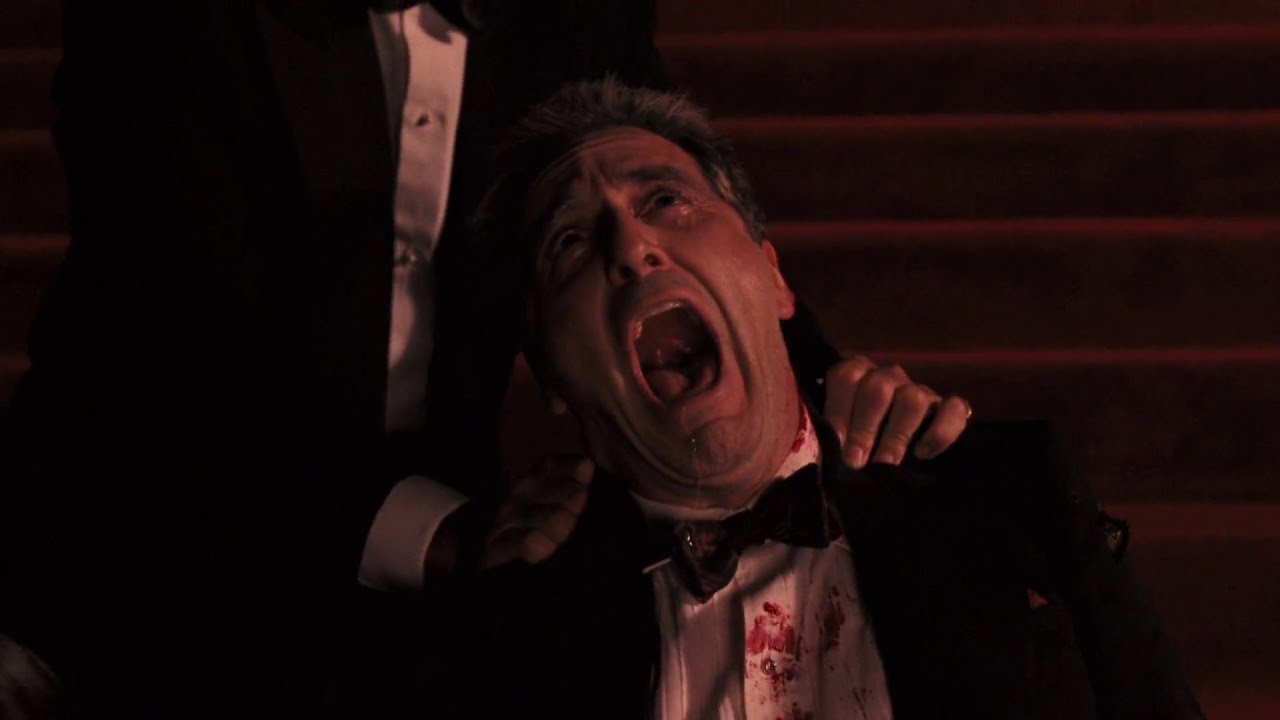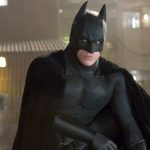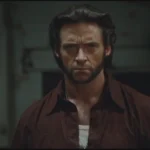The Godfather Part III (1990)
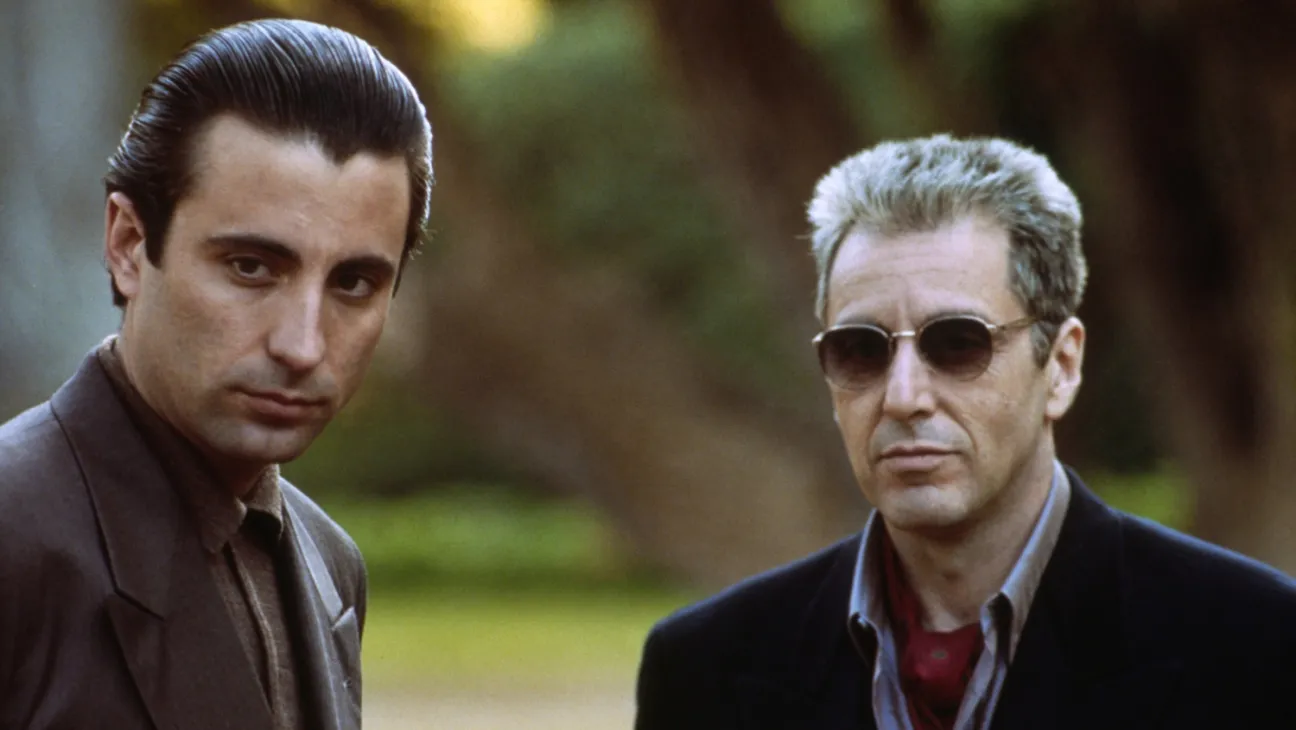
The Godfather Part III (1990) Review – A Somber Conclusion to the Epic Saga
The Godfather Part III (1990), directed by Francis Ford Coppola, serves as the final chapter in the legendary Godfather trilogy. The film continues the saga of the Corleone family, picking up years after the events of The Godfather Part II. While Part III doesn’t quite reach the heights of its predecessors, it offers a fitting, though somber, conclusion to the saga of Michael Corleone (Al Pacino) and his struggle with power, guilt, and redemption. This review explores the film’s plot, performances, themes, cinematography, and its place within the Godfather legacy.
Plot Summary
Set in the 1970s, The Godfather Part III follows Michael Corleone, now a powerful but aging businessman, as he seeks to distance himself from the criminal activities of his past. Having spent years trying to legitimize his family’s business, Michael is still haunted by the violence and betrayal that marked his rise to power. In a bid to secure his family’s future, he becomes entangled with the Vatican and a series of shady financial dealings.
Michael’s efforts to leave behind the criminal empire and seek redemption are complicated by the appearance of his nephew, Vincent Mancini (Andy Garcia), who embodies the violent and ruthless qualities of his late father, Sonny Corleone. As Michael struggles with his own moral guilt and the continuing threats to his family, the film culminates in a tragic conclusion that reflects the cost of a life lived in the shadows of power and crime.
Themes and Symbolism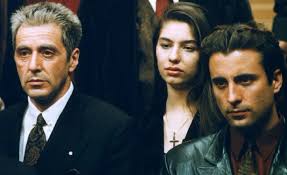
Redemption and Guilt
The theme of redemption is central to The Godfather Part III, particularly in Michael’s quest to atone for the sins he committed in the first two films. Michael’s attempts to escape the corrupt world of crime and secure a legitimate future for his family are marred by his continuing guilt and the consequences of his past actions. The film examines whether redemption is truly attainable for someone like Michael, whose past is inescapable.
The Corrupting Nature of Power
While Part III moves away from the grandiose criminal empire-building of the first two films, it still deals with the corrupting influence of power. Michael’s attempts to go straight are thwarted by his need for control, and the violent consequences of his past continue to haunt him, particularly through the character of Vincent, who embodies the old Corleone ways of dealing with challenges.
Family and Legacy
The theme of family continues to be a major focus in The Godfather Part III, especially the relationship between Michael and his family. Michael’s son, Anthony (Franc D’Ambrosio), is about to pursue a career in opera, which Michael sees as his chance to give his son a different life from the criminal legacy he was born into. Yet, the story highlights that, despite his best intentions, Michael is unable to fully break free from the family’s dark legacy.
Performances
Al Pacino as Michael Corleone
Al Pacino’s performance as Michael Corleone is the emotional core of the film. Pacino masterfully portrays the character’s internal conflict, guilt, and gradual transformation from a man seeking redemption to someone whose past continues to define him. While some critics have argued that Michael’s arc in Part III lacks the depth of his development in the earlier films, Pacino’s performance remains a powerful and compelling portrayal of a man caught between ambition and remorse.
Andy Garcia as Vincent Mancini
Andy Garcia’s portrayal of Vincent Mancini, Michael’s nephew and the son of Sonny Corleone, brings energy and intensity to the film. Vincent is a hotheaded and ambitious character who represents the old ways of the Corleone family, and Garcia’s performance captures the character’s conflict between loyalty to his family and his desire for power. Vincent is both a reflection of Michael’s past and a potential successor, and Garcia adds a layer of complexity to the role, making Vincent a worthy counterpart to Al Pacino’s Michael.
Diane Keaton as Kay Adams
Diane Keaton returns as Kay Adams, Michael’s ex-wife, whose relationship with him remains fraught with tension and pain. Keaton’s portrayal is nuanced, as Kay struggles with the emotional toll of her relationship with Michael and her desire for a different life for her children. The dynamics between Kay and Michael in Part III are a reflection of the cost of Michael’s actions on those closest to him.
Talia Shire as Connie Corleone
Talia Shire also returns as Connie, Michael’s sister, who has grown more involved in the family business over the years. While Connie’s role in Part III is smaller, Shire’s performance adds weight to the themes of loyalty and the complexities of family dynamics within the Corleone family.
Cinematography and Visual Style
The cinematography in The Godfather Part III, by cinematographer Gordon Willis, is as striking as ever. The film uses rich, moody lighting to capture the sense of decay and decline that pervades Michael’s life. The grandiose scenes that represent the power of the Corleone family are contrasted with more intimate, somber moments that reflect Michael’s internal turmoil. The film’s visual style adds depth to the themes of power, guilt, and redemption, with each shot meticulously crafted to highlight the emotional gravity of the story.
Music and Sound Design
The film’s score, composed by Carmine Coppola, is haunting and melancholic, perfectly complementing the film’s themes of loss, regret, and the passage of time. The music evokes a sense of finality and tragedy, as Michael’s efforts to secure his family’s future are thwarted by the weight of his past. The score enhances the film’s emotional resonance, particularly in the climactic scenes.
Cultural Impact and Reception
The Godfather Part III received mixed reviews upon its release, with some critics praising the film as a fitting conclusion to the Godfather saga, while others felt that it fell short of the monumental achievements of the first two films. Despite this, the film still performed well at the box office and earned seven Academy Award nominations, including Best Picture, Best Director, and Best Supporting Actor for Andy Garcia.
While Part III is often viewed as the weakest entry in the trilogy, it remains an important part of the Godfather legacy and a must-watch for fans of the series. The film’s exploration of redemption, legacy, and the cost of power ensures its place in cinematic history.
Final Verdict
The Godfather Part III (1990) is a fitting, though somber, conclusion to the saga of the Corleone family. While it may not reach the heights of its predecessors, it still delivers a powerful and emotional narrative about the consequences of a life built on power and violence. With strong performances, particularly from Al Pacino and Andy Garcia, and a hauntingly beautiful score, the film offers a poignant reflection on the themes of family, guilt, and redemption.
For fans of the Godfather trilogy, Part III provides closure to the story of Michael Corleone and his family’s legacy, even as it challenges viewers to reflect on the price of power and the possibility of redemption.